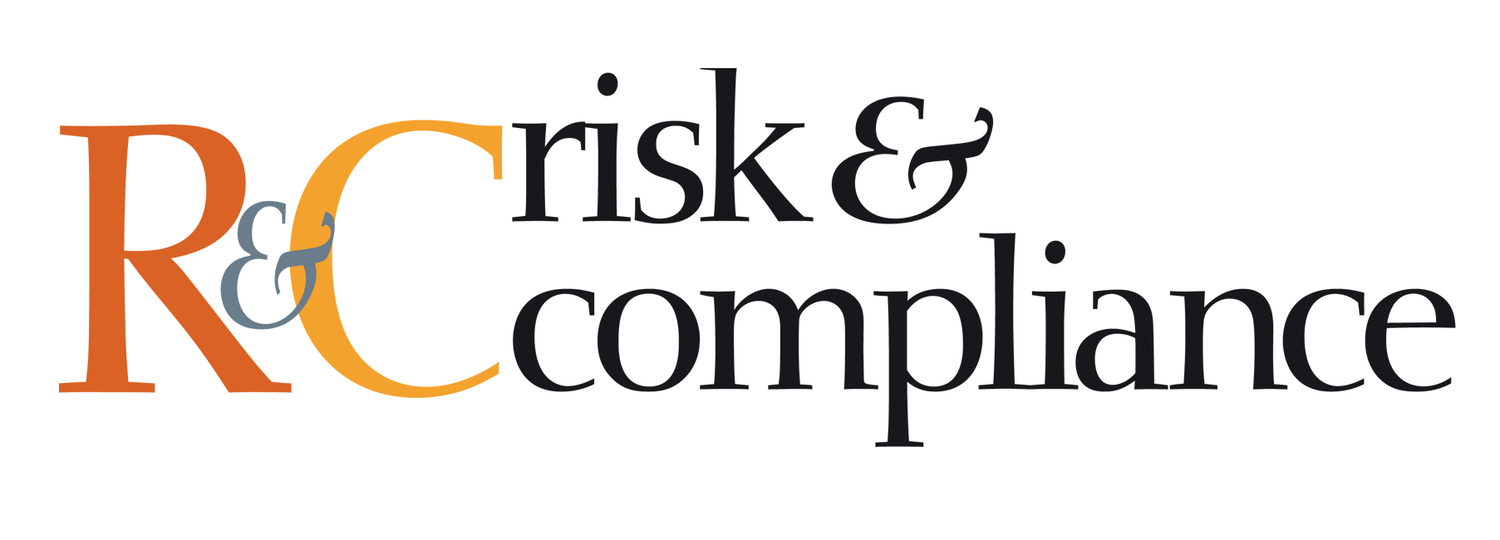HOW TO HARNESS CONFLICT AND TENSION TO ENSURE SUCCESS IN THE BOARDROOM
When strong opinions and differing skillsets come into play in the boardroom, harmony sometimes flies out of the window. This can undermine the efficacy of the board and recent research by Henley Business School and ICSA: The Governance Institute has shown that boardroom dynamics need to be managed effectively.
Over the past 15 years, Andrew Kakabadse, professor of governance and leadership at Henley Business School has focused much of his work on boardroom dynamics, studying how a disparate group of individuals can come together to work effectively as a team. Previous research identified significant tensions in the boardroom, for example between the chairman and chief executive officer, with 75 percent of chairman/chief executive, chief executive/chief financial officer and executive/non-executive members of the board relationships found to be dysfunctional in some way.
The causes of tension are varied. Some tension will be an inevitable result of boardrooms being filled with intelligent, high-achievers. They can, and often do, reach different conclusions and, having done so, may be unwilling to let go of what they consider to be a clearly developed and logically-founded perspective.
Furthermore, top managers can hold diverse views on what constitutes competitive advantage. According to Professor Kakabadse, almost one-third of organisations worldwide find that they cannot agree on this. Some 34 percent of top teams indicated to him that they had no shared view on mission, vision or strategy, and 66 percent confessed that there was a known difficult, but critical, issue which top team members felt too uncomfortable to raise.

